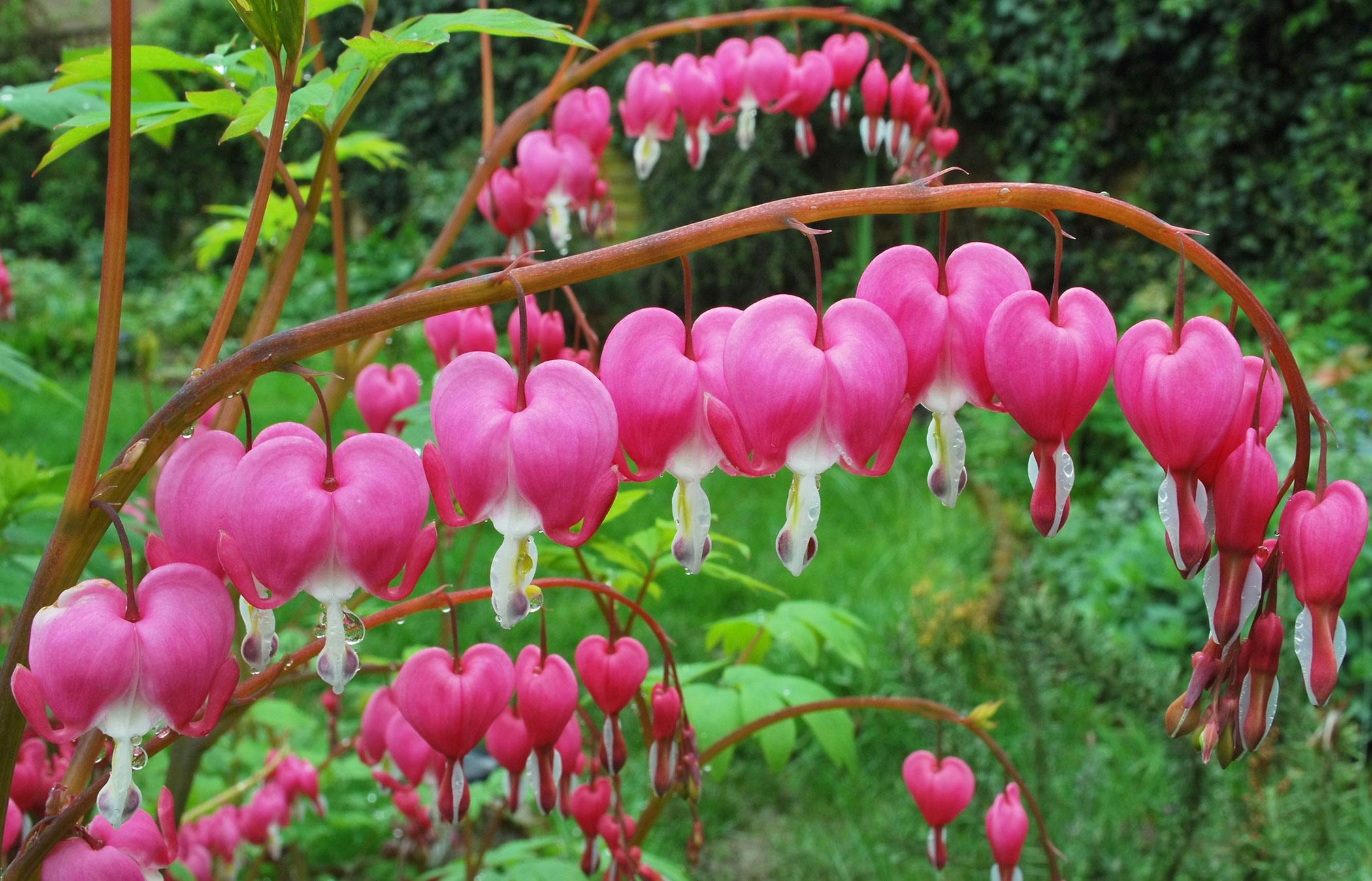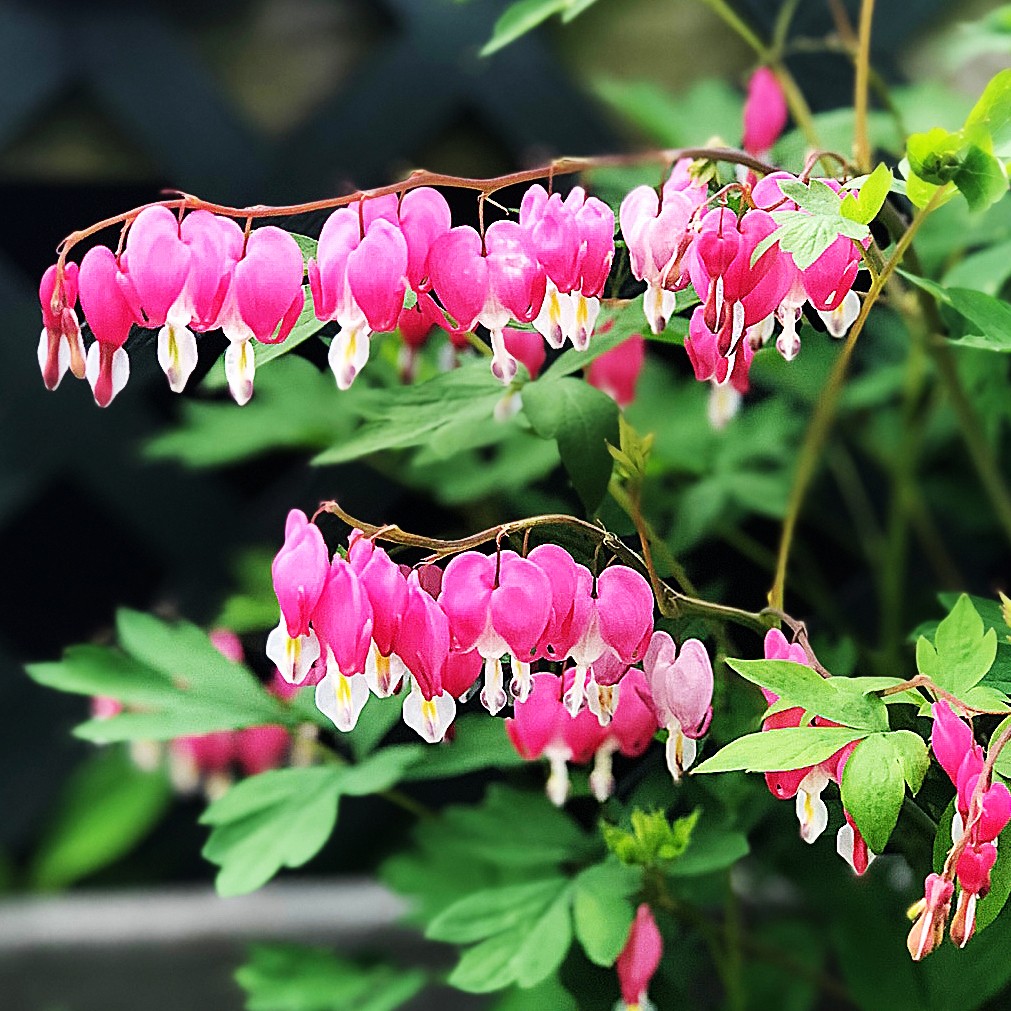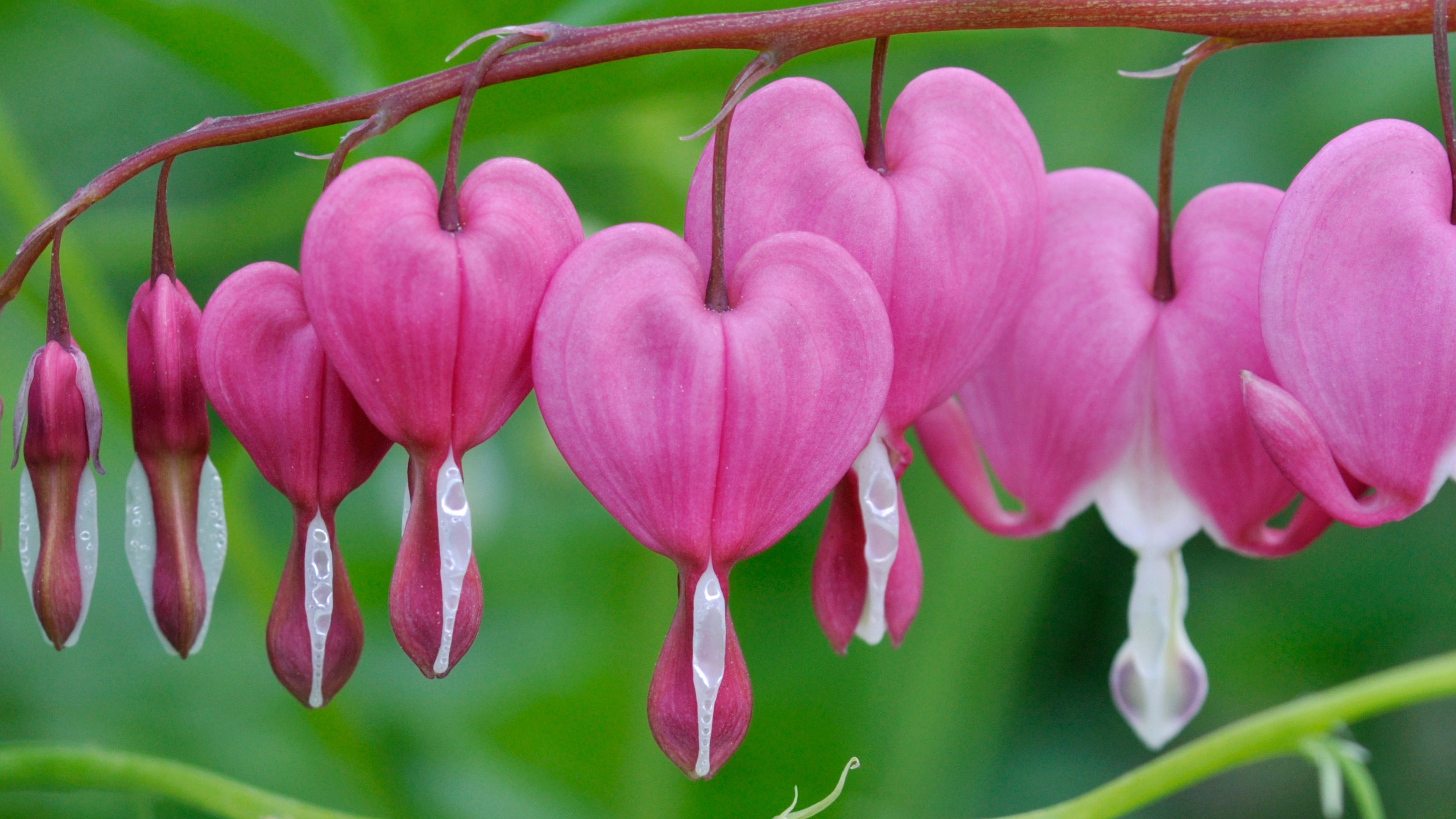Are Bleeding Heart Plants Poisonous to Dogs? What Every Owner Should Know

If you’ve ever walked your dog past those frilly pink-and-white flowers—bleeding hearts—and wondered, “Wait, could that hurt my pup?” you’re not alone. I’ve lost count of how many times clients have shown me photos of their gardens with nervous questions scribbled in the margins: “Safe or dangerous for dogs?” The truth gets buried in a lot of overcomplicated advice online, but it’s really pretty simple once you know what to look for.

Let’s cut through the noise and get straight to what actually matters.
Are Bleeding Heart Plants Poisonous to Dogs? (Yes. Here’s How Dangerous.)
I still remember the first time I saw a dog react badly after munching on a bleeding heart plant. It was a sunny May afternoon in 2019—a golden retriever named Daisy who’d always been a bit too curious about her owner’s flower beds. She started drooling and looking woozy an hour after snacking on some leaves. That sent her humans spiraling into Google rabbit holes about plant toxins.
Here’s what I wish they’d seen first:
Bleeding heart (Dicentra spectabilis) is mildly to moderately toxic to dogs. The culprit? A group of chemicals called isoquinoline alkaloids—think of them as natural nerve agitators and stomach upsetters. Eating a bite or two probably won’t be fatal (unlike foxglove or oleander), but it can absolutely make your dog miserable.
The Bottom Line:
- Not the deadliest plant, but not harmless either
- Even “mild” cases mean vomiting, diarrhea, and a very uncomfortable pup
What Actually Happens If My Dog Eats It?

Forget theoretical lists—here’s what owners actually see:
- Vomiting (sometimes within 1–3 hours)
- Diarrhea
- Drooling more than usual
- Lethargy (“He just plopped down and wouldn’t get up”)
- Shaky legs or tremors if your dog is small or ate a lot
Most dogs who take just a nibble end up with an upset stomach for a few hours—a mess for you, but rarely an emergency if caught early.
But here’s the twist most guides gloss over:
Some dogs barely react at all; others act like they’ve been hit by a truck. Size, age, and general health play big roles. Daisy (the retriever) just needed fluids and TLC; her neighbor’s toy poodle landed at the vet overnight for observation after eating less than half as much!
What Should You Do First—Without Overthinking It?
I used to make this WAY too complicated for myself: Should I induce vomiting? Can I wait it out? Do I need poison control? Here’s what experience taught me:
- Call your vet immediately—don’t Google symptoms while waiting.
- Describe what happened: Which part of the plant, how much, when.
- Don’t play backyard chemist: No hydrogen peroxide or “DIY” remedies unless told by a vet.
- Keep your dog calm and watch closely—the first few hours are key.
Most vets will want to see your pet if there are any GI symptoms; sometimes they’ll ask you to monitor at home if it was just a lick or tiny nibble.
What Treatment Really Looks Like

At the clinic, treatment isn’t fancy:
- Induce vomiting (if timing is right)
- IV fluids if there’s lots of vomiting/diarrhea
- Anti-nausea meds
That’s usually it! Most dogs bounce back fast—Daisy was wagging her tail again by breakfast.
Cost-wise? Expect $100–$300 for supportive care unless things get severe.
Here’s something even seasoned gardeners miss: Bleeding hearts aren’t unique in this risk category. Dutchman’s breeches (another Dicentra) packs similar toxins; so do some wildflowers that look almost identical when not blooming.
How Do You Keep Dogs Safe Without Tearing Out Your Garden?
People go overboard here—a few simple tricks work wonders:
- Physical barriers always win: Low wire fencing or even tall planters kept both my own terrier and my neighbor’s Labradoodle from becoming accidental taste-testers.
- Supervision = prevention: If your pup eats everything in sight, outdoor unsupervised time isn’t worth the gamble.
- Smart placement: Keep toxic plants toward the back edge where paws rarely wander—or swap them out entirely in puppy zones.
One family told me their cheap garden border fence ($24 at Home Depot) survived three years—and saved them endless stress after their beagle went on one sniffing spree too many!
Practical Steps You Can Take Today

Skip spreadsheets and flowcharts—just do these:
- Walk your yard TODAY and ID every plant within nose level
- Move anything questionable out of reach or block it off
- Program your vet & local emergency hospital into your phone contacts now (not later)
- Don’t hesitate: Even if you just suspect nibbling happened, call sooner rather than later
If you want foolproof gardening peace-of-mind? Swap risky varieties with tried-and-tested safe picks like marigolds or snapdragons—the color pop stays but anxiety disappears.
The Simple Truth Most Guides Skip
Ninety percent of keeping dogs safe around plants boils down to vigilance—not memorizing Latin names or reading chemical breakdowns in plant textbooks.
You don’t need horticultural degrees; just curiosity about what grows where your dog plays and quick action if something seems off.
Your gut feeling matters more than any expert checklist online: If you think something isn’t right with your pet after outdoor time—even before clear symptoms show—call the vet without second guessing yourself.
You’ll never regret being too careful when it comes to your best friend—and odds are, you’ll pick up some impressive plant knowledge along the way!
So keep gardening boldly—but keep those furry noses supervised (or fenced out). Simple steps really are enough; no need for panic—or pulling every blooming thing from the yard unless there’s trouble brewing!
And hey…give yourself credit for asking these questions before there was ever an emergency—I promise that proactive attitude is worth its weight in gold!



